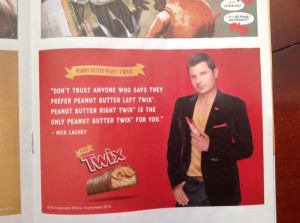 While it might not be the biggest comics-related news of the week, it was an item that particularly infuriated us: the confirmation that DC Comics would be running half-page ads on two comic pages in their June comics.
While it might not be the biggest comics-related news of the week, it was an item that particularly infuriated us: the confirmation that DC Comics would be running half-page ads on two comic pages in their June comics.
While the news isn’t as dire as the original rumor made things out to be, putting advertising on comic pages even for just a month is potentially a slippery slope. So we talk about not just being enraged by more and more intrusive advertising, but the effect that accepting half-page ads could have on comic storytelling, story length, creator compensation, the secondary comics art market, and worst of all: people thinking that Twix is an acceptable candy choice.
This week also brought us the end of DC’s Convergence event. Which, as promised, seems to have opened up the entirety of DC’s history to modern storytellers… but at what cost? We talk about Brainiac’s passive characterization at the end of the story, and more importantly, DC’s seeming off-camera utter nullification of one of the biggest and arguably most important comic stories of all time.
We also talk about:
- Fight Club 2 #1, written by Chuck Palahniuk with art by Cameron Stewart,
- Grindhouse #5: Lady Danger: Agent of B.O.O.T.I, written by Alex De Campi with art by Mulele Jarvis, and:
- Where Monsters Dwell #1, written by Garth Ennis with art by Russ Braun!
And now the standard disclaimers:
- We record this show live to tape, with minimal editing. While this might mean a looser comics podcast than you are used to, it also means that anything can happen. Like Rob’s discussion with beloved and abused parts of his anatomy.
- This show contains spoilers. While we try to shout out warnings ahead of time, just assume that we are not following the first rule of Fight Club.
- This show contains adult, profane language, and is therefore not safe for work. You want your boss to hear about some slightly shadier (and made up) Twix products? Trust me, you do not. Get some headphones.
Podcast: Play in new window | Download (Duration: 1:48:09 — 96.9MB)
Subscribe: Apple Podcasts | Android | Google Play | Stitcher | TuneIn | RSS | More
Thanks for listening, suckers!
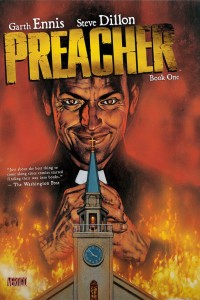
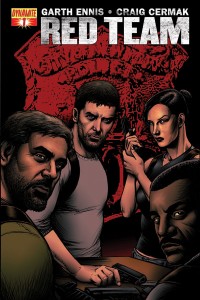
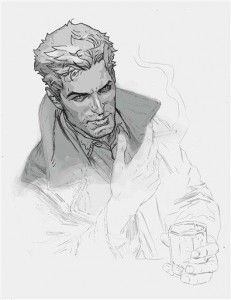
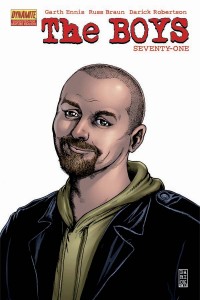
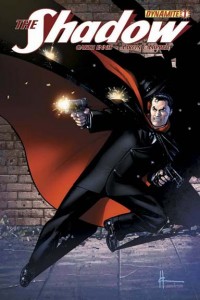
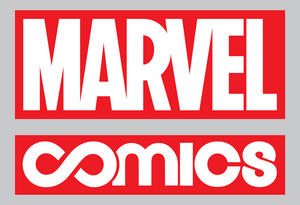
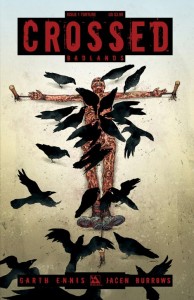
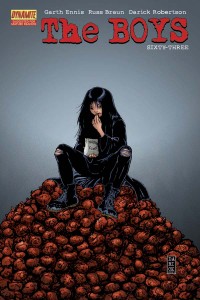
 Podcast RSS Feed
Podcast RSS Feed iTunes
iTunes Google Play
Google Play Stitcher
Stitcher TuneIn Radio
TuneIn Radio Android
Android Miro Media Player
Miro Media Player Comics Podcast Network
Comics Podcast Network